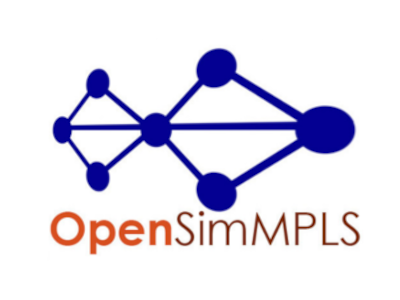
OpenSimMPLS Project Summary
OpenSimMPLS is an MPLS network simulator originally developed at the University of Extremadura in 2004. It is designed for both educational and research purposes, offering an intuitive interface to simulate MPLS and GoS (Guarantee of Service) mechanisms. The tool supports experimentation with new protocols and techniques, making it valuable for academic and professional use. Now hosted on GitHub, OpenSimMPLS has been adopted in over 130 countries and has contributed to numerous scientific publications and innovations in telecommunications.
Project Homepage
Expanded information can be found on the project homepage.
Role and Responsibilities
My role in the project includes being the original author, current lead maintainer, and principal developer. I am responsible for overseeing the project’s development, ensuring its stability, and guiding its evolution to meet both educational and research needs.
Technical Approach
OpenSimMPLS is a desktop application developed in Java to ensure portability and ease of use in educational and lab environments. It follows an event-driven programming paradigm, enabling responsive and dynamic simulation of MPLS networks. The application integrates third-party libraries such as JFreeChart for data visualization and MigLayout for flexible GUI design, enhancing the analytical experience for users.
The source code is fully internationalized, allowing easy integration of multiple languages. By default, the interface is available in English and Spanish, with Spanish automatically activated when the software runs on a system configured in that language. The project uses Maven for standardized build automation and dependency management, simplifying setup and development workflows.
Results or Impact
OpenSimMPLS has become a cornerstone tool in both academia and industry. It has been used in over 130 countries by universities and companies for teaching, research, and network design. The simulator has supported numerous scientific publications, including conference papers, journal articles, and technical theses. It has contributed to educational innovation, particularly in the field of telecommunication engineering, and has been referenced in international research. The project has also inspired user-generated content such as tutorials, scenarios, and YouTube videos, further expanding its reach and utility. Its long-standing development and active community make it a reliable and evolving platform for MPLS and GoS experimentation.